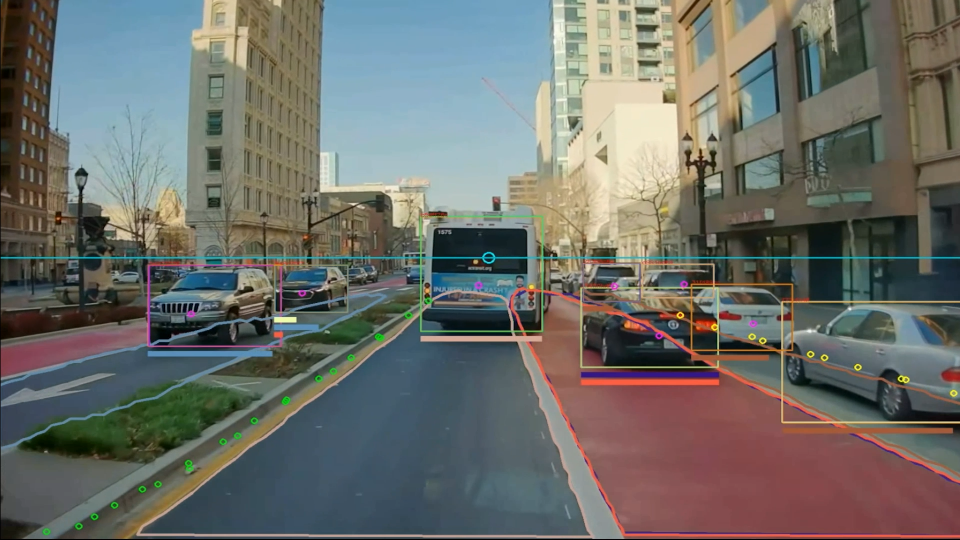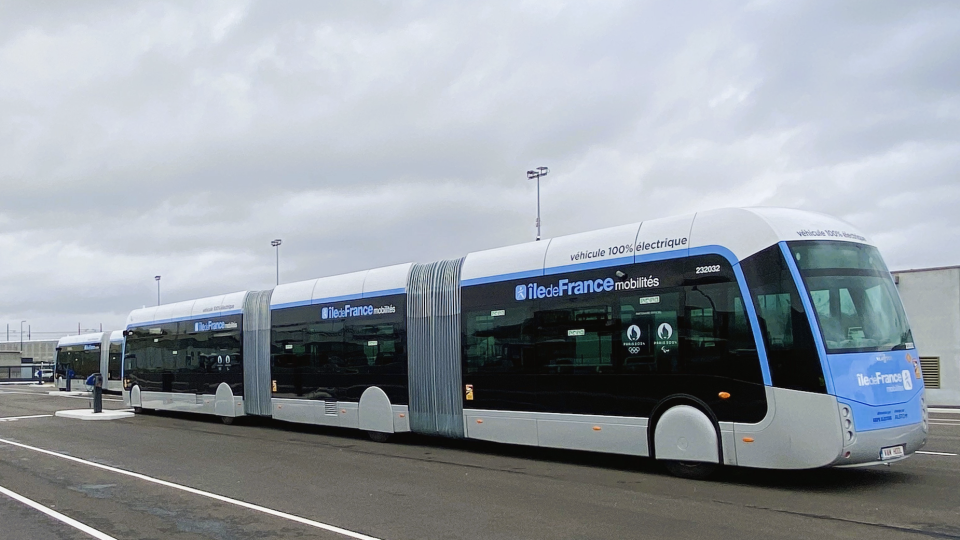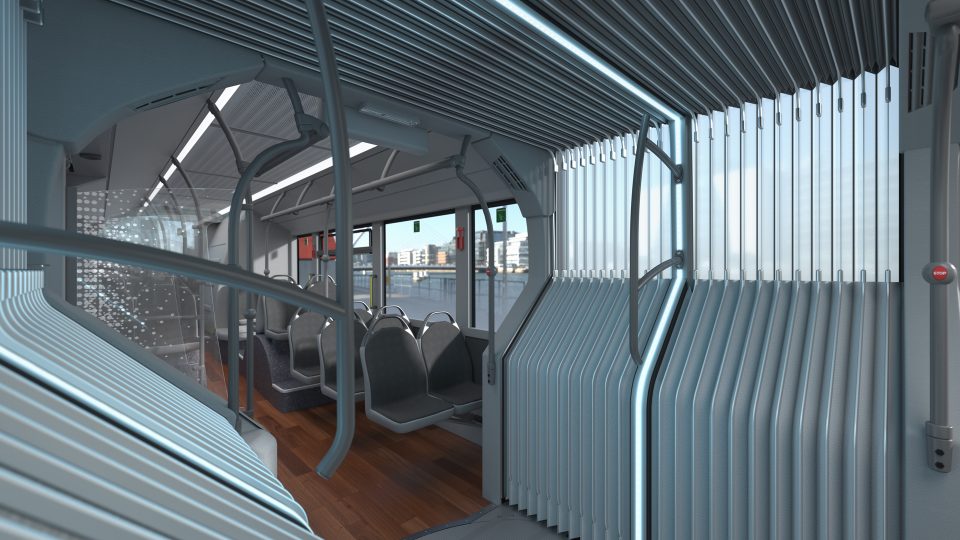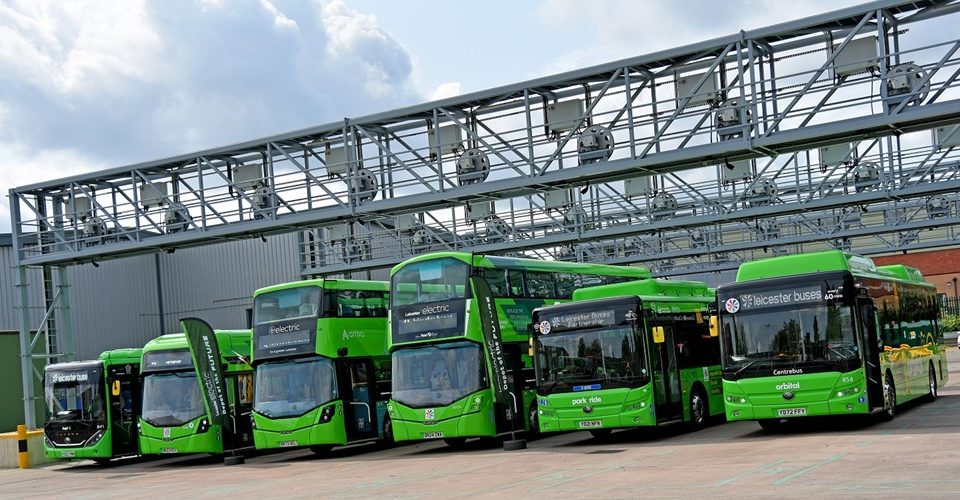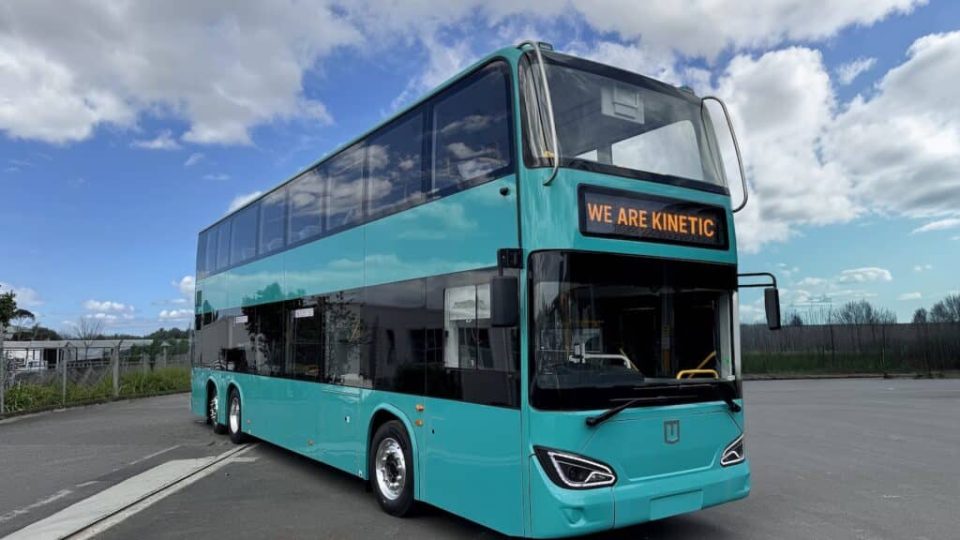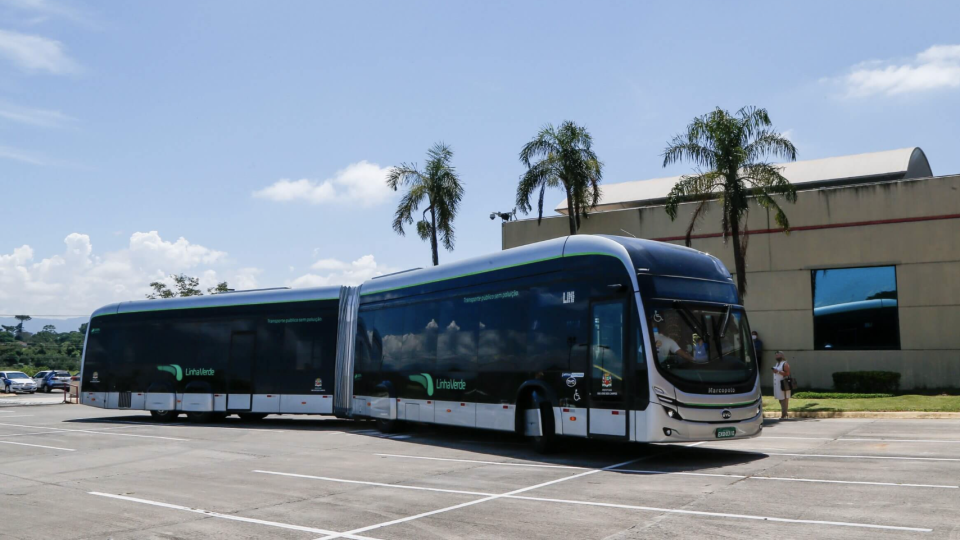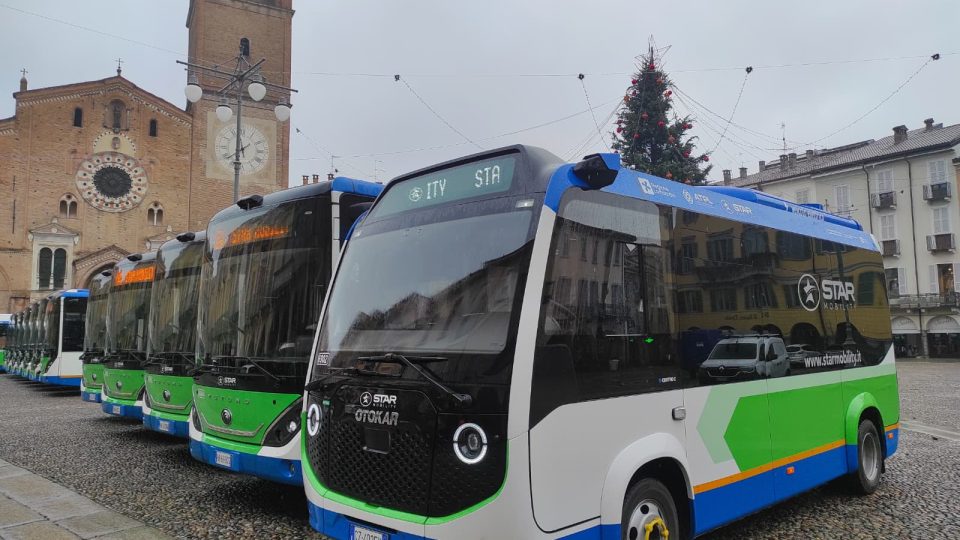New York State allocates additional $200 million for electric school buses and charging infrastructure
New York State has announced an expansion of its electric school bus program with an additional $200 million in funding. This new round of investment, delivered through the New York School Bus Incentive Program (NYSBIP), marks the third installment of the $4.2 billion Clean Water, Clean Air, and Green Jobs Environmental Bond Act of 2022. […]

New York State has announced an expansion of its electric school bus program with an additional $200 million in funding. This new round of investment, delivered through the New York School Bus Incentive Program (NYSBIP), marks the third installment of the $4.2 billion Clean Water, Clean Air, and Green Jobs Environmental Bond Act of 2022.
The goal is to accelerate the transition to zero-emission school buses across the state while supporting the development of the required charging infrastructure and electrification strategies.
New York’s NYSERDA funds electric school buses
The program is administered by the New York State Energy Research and Development Authority (NYSERDA) and provides incentives to school districts and contracted bus operators for the purchase of zero-emission vehicles. In addition to vehicle support, the program offers vouchers for the installation of Level 2 and DC fast chargers and funds the creation of fleet electrification plans. These initiatives are intended to ease the financial and operational transition toward electric mobility in school transportation, NYSERDA points out
Eligible fleet operators may receive funding that covers up to 100 percent of the incremental cost of acquiring or repowering electric school buses when compared to their diesel or gasoline counterparts. The funding is applied by dealers directly to the purchase price once an order has been placed, and fleet operators may apply separately for charging infrastructure support through NYSERDA.
Priority access to higher incentive levels is granted to high-need school districts, as well as districts identified as serving disadvantaged communities under criteria defined by the New York State Climate Justice Working Group. Additional incentives are available for replacing older internal combustion buses, purchasing wheelchair-accessible vehicles, or adopting models with vehicle-to-grid capability. School districts that develop fleet electrification plans are also eligible for enhanced financial support.
Since its launch, NYSBIP has received applications from 88 school districts covering the procurement of 529 electric buses. Of these, 406 vehicles are being acquired by 50 districts designated as priority areas. Meanwhile, 400 school districts are working directly with NYSERDA to prepare tailored fleet electrification roadmaps that will guide their transition in the years ahead.
In addition to financial support, NYSERDA has released a comprehensive guidebook to assist fleet operators in planning and implementation. The resource addresses technical, financial, and operational considerations, including total cost of ownership, charging infrastructure planning, and utility coordination. Furthermore, new regulatory requirements will require electric bus manufacturers to provide verified range estimates to ensure vehicles meet real-world performance expectations.
The school bus funding is one element of a $3 billion statewide investment in transportation electrification. Other ongoing initiatives include EV Make Ready, EVolve NY, Charge Ready NY 2.0, the Drive Clean Rebate, the New York Truck Voucher Incentive Program, and the Direct Current Fast Charger program. Together, these efforts are designed to reduce emissions, increase the availability of clean vehicles, and create a more sustainable and resilient transportation system across New York.

